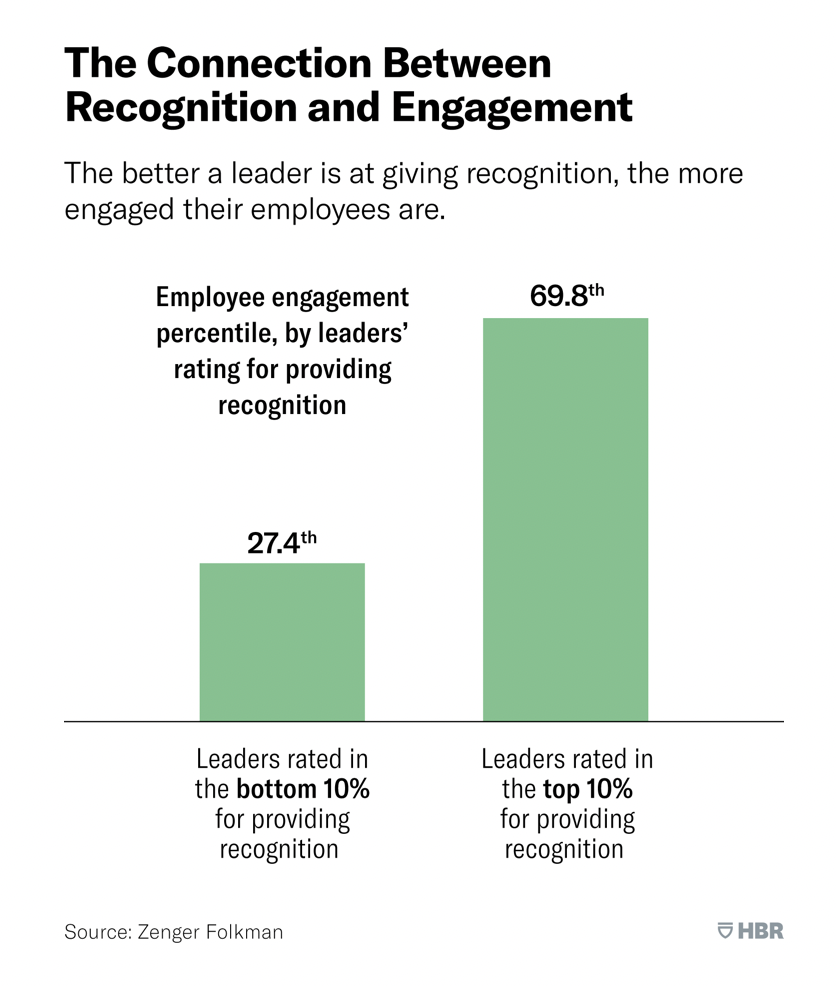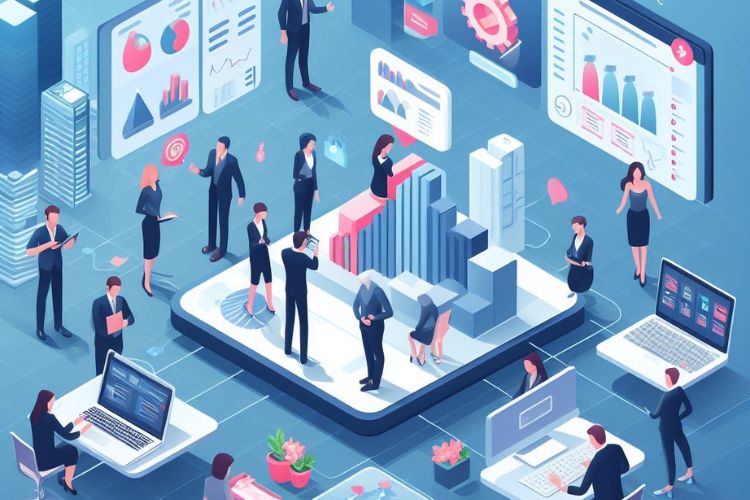As per a recent study exploring workplace trends, “Workers who feel valued and supported are 2.5 times more likely to be highly engaged at work.”
The days of utilizing a decent salary and basic health care coverage to attract and retain the best talent are over. Worker benefits have heavily factored into workplace culture in 2025, demonstrating the changing hopes and priorities of the workforce.
Suggested by technological advancements, remote and hybrid work and globally inspired disruptions have created a more vibrant benefits and perks landscape than ever before. Employers recognize that they need to look at their practices differently to meet what employees want: flexibility, wellness, and personalization that meet them. Employers realize that these items are no longer optional; they are essential.
Table of Contents
The New Norm: Core Benefits Package
The foundation of employee benefits has grown far beyond anything offered in the past, and businesses are thinking about ‘standard’ in a different way. Here is what leading businesses consider standard in 2025:
Support for Hybrid Work Infrastructure
Companies are equipping entire home offices with a full suite of ergonomic furnishings, high-speed internet reimbursement, and frequent technology refreshes. Many companies have introduced monthly home office stipends in the range of $150-300.
More Robust and Accessible Healthcare Benefits
Current healthcare packages can come with added telehealth subscriptions; companies even offer mental health services and programs focusing on holistic wellness. Companies are often covering alternative treatments such as acupuncture and chiropractic care, which are often recognized as preventive health.
Mental Health: Direct Attention
The attention to mental health has grown rapidly; companies are investing in wellness programs and support systems within companies. Already established programs are offering:
Mental Wellness Stipends
Companies are providing yearly or bi-yearly stipends in the $1,500-3,000 range for therapy, counseling, meditation apps, and tools for stress management. Many companies are partnering with organizations like Headspace and BetterHelp for unlimited access to MSK resources.

Burnout Prevention Programs
Breaks from workload, mandatory mental health days, and quarterly wellness retreats have become standard practice with progressive corporations. All companies are actively implementing AI-credentialed workload management systems to buffer their staff from getting burnt out prior to it ever happening.
Depression and anxiety cost the global economy $1 trillion each year in lost productivity, presenting a strong business case for investing in employee well-being and mental health support–WHO
Financial Wellness Benefits
Financial well-being has emerged as a core component of competitive employee benefits packages, with companies now providing advanced financial planning and resources.
In 2025, businesses recognize that financial well-being is a significant contributor to employee unproductivity and apathy. In fact, some of the leading businesses now offer a holistic financial wellness package that includes:
Student Loan Repayment assistance
A variety of enhanced repayment programs offer up to $15,000 per year in student loan payments, with some businesses even offering an accelerated repayment matching program.
Cryptocurrency and Digital Assets
They are incorporating options for employees to receive a portion of their salary in cryptocurrency and providing financial education and classes on cryptocurrencies and digital assets. Some businesses provided matching contributions to their employees’ crypto investment accounts.
Flexible Time Off
The traditional work schedule from 9 to 5 is evolving as more workplaces embrace flexible approaches to managing time and employees’ individual needs.
Work-life integration is the new model, replacing work-life balance. Companies are enacting different forms of flexible work accommodation to address working styles and employees’ personal lives.
Four-Day Workweeks
Then, there are the companies that move to four-day compressed workweek programs without decreased workload. These companies are touting increased productivity and employee satisfaction. Some provided alternating four-day weeks to ensure stable coverage while practicing flexibility.

Unlimited PTO with Minimum Requirements
To combat the paradox of choice and ensure employees actually take time off, companies are implementing unlimited PTO policies with mandatory minimum vacation days (typically 20-25 days annually).
Family-Centric Benefits
Companies today recognize that supporting employees’ families is critical to retaining them for the long haul. The definition of family support has broadened, recognizing the wide variety of family forms and family support needs:
Expanded Parental Leave
Top companies now offer up to 12 months of paid parental leave for all parents, regardless of the role they play in the family. This includes support for adoption, surrogacy, and foster care.
Childcare and Elder Care Support
Companies frequently offer on-site childcare, partnerships with childcare providers, family support stipends for care (usually in the $500-1,000 range), care coordination for elder care, and/or emergency backup care for elder care.
Professional Development and Growth
Businesses have a huge commitment to learning and development for employees, clearly demonstrating that it is both a benefit and a necessity.
Learning and Development Allowances
Companies spend on employees taking courses, certification, conference attendance, and similar activities, annually spending $5,000-10,000 per employee. In some instances, companies even have separate employee allowances for obtaining advanced degrees or specialized certifications.

Mentorship and Coaching Programs
Professional coaching access, industry mentoring, and leadership development programs: employees use AI-based career planning tools to guide their growth.
Sustainability and Social Impact Benefits
Environmental awareness and corporate social responsibility have become integral components of benefit packages.
Environmental Impact Reduction
Employers provide options for sustainable travel. For example, companies encourage employees to choose sustainable commuting options, such as paying for electric vehicles or subsidizing employees’ costs of public transportation. Employers may also offer carbon offsets as part of pay packages.
Volunteer Time Off (VTO)
Employers may offer paid time off for volunteering activities. This typically comes in the form of 40-80 hours of paid time off annually, with some employers matching employees’ time further with cash donations to charitable organizations.
Technology and Digital Wellness
With the increasing presence of technology in the workplace, companies are offering benefits to facilitate digital well-being.
Digital Detox Programs
Structured programs that give structured opportunities for employees to have healthy relationships with technology with things like company-wide offline hours and digital wellness workshops.
Tech Allowances
A yearly budget to purchase and upgrade personal technologies, recognizing that personal devices do double duty at work and for personal reasons.
Common Employee Benefits for Remote Workers
Remote work changes how employers hire people for work. This means rethinking office benefits and what benefits work at home. Here are some examples of benefits that support remote workers that would not work as an office benefit. Remote work will also bring new challenges that add up to rethinking the workforce benefits.
Work-from-home Stipend
To improve remote employees’ workforce, a great benefit could be for them to have a “stipend” to set up their home office. Some employees may get it one time, and some may get it every couple of months or once a year. This cash helps remote workers create a nice workspace at home.
Employees can purchase items like comfortable chairs, ergonomic keyboards, standing desks, and nice lighting. When employees spend this money on their workspace, they do not have to “pay out of pocket.” This will usually help employees go to work feeling more committed to being comfortable and productive.
64% of millennials would like to have more flexibility in when and where they work–Deloitte.
Company Gatherings
In the age of remote working, companies are making company culture a priority by making company gatherings a priority. Company get-togethers can have many objectives: they can help remote workers identify as a part of a larger organization; they can allow sharing between different departments and ultimately build a sense of belonging to an organization as a whole.
Company get-togethers allow people to socialize face-to-face, essentially re-establishing the human connection that can be lacking in a working-from-home scenario.
Conclusion
The data speaks for itself—employee benefits are a key factor in building a high-performing team, keeping them engaged, and empowering them to deliver their best work for the long term. Companies that succeed in attracting and retaining top talent are those that recognize benefits as an investment in their most valuable asset—their people.
As the workplace continues to evolve, we can expect further innovations in employee benefits, with an increasing focus on personalization, flexibility, and holistic support for employees’ professional and personal lives.
At EvolveDash, we go beyond benefits to fuel your passion and growth. Join us to experience work that works for you!
FAQs
- What benefits are companies offering for mental health support in 2025?
Many companies are providing mental wellness stipends, access to platforms like Headspace and BetterHelp, and implementing burnout prevention programs such as mandatory rest periods and mental health days.
- How are companies supporting financial wellness in 2025?
Organizations now offer student loan assistance, cryptocurrency and digital asset benefits, and comprehensive financial planning tools to help employees manage their financial stress.
- What is the four-day workweek trend?
Some companies are shifting to a four-day workweek, keeping pay the same but offering more time off. This approach has boosted employee satisfaction and productivity.
- What family benefits are available in 2025?
Many companies are offering up to 12 months of paid parental leave for all parents, as well as childcare and eldercare support, such as on-site facilities and care stipends.
- How are companies supporting remote employees?
Remote work benefits include home office stipends for ergonomic furniture and technology, along with company meetups to help maintain company culture and strengthen team connections.


















